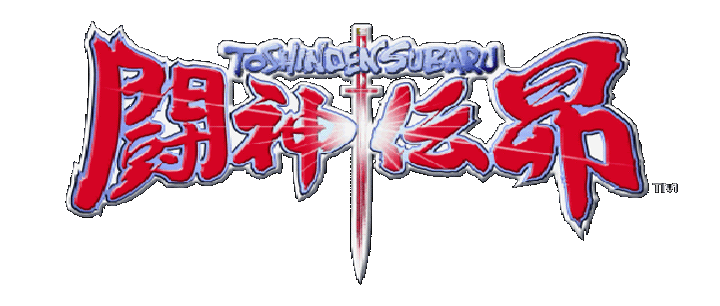To finish, Toshinden Subaru isn't a landmark in fighting game history like the very first Toshinden game, but it's a game that's sure to please most Toshinden fans in some way or another. It's not fighting-game perfection, but what Toshinden game ever has been? The series has come now to cater more to the extreme fans of the series, so don't expect many "outsiders" or gaming purists / critics to enjoy this one (it's been REALLY panned in Japan and other places). But if you're a fan and you're not afraid to not understand any of the all-Japanese character dialogue or to never look at a picture of the "old" Eiji the same way again (...*sob*), then by all means, import yourself a copy. Coming from the viewpoint of an insane otaku, is it worth the trouble? Yes, oh God, yes. I'm saying that despite all the little nitpicking flaws, this is something NO Toshinden fan should miss out on. Let's all hope Sony decides to pick this game up; it'd be a pity to not expose the new characters and story to the North American TSD audience (believe me: they are THAT GOOD. SU~BA~RU~KUUUUN!!), and because if you are or consider yourself a diehard Toshinden fanatic, then you MUST experience Toshinden Subaru at least once. The Empress guarantees you will not be disappointed. Non-otakus need not apply for the experience.
Order Toshinden Subaru at:
National Console Support - $55 (Please note that it's currently sold out -- but a big thanks to everyone who's bought it! ^_^)
Game Bros. - $54.90 US (without tax / shipping costs; doesn't ship outside of the U.S.)
* Game will only work on a chipped PlayStation! Order a MOD chip at:
MOD-CHIP - $19 US / $28 CA (without shipping costs; check page for overseas ordering prices)
* *  *
*  *
*  *
*  * *
* *
daga, kore mo unmei ka...
************
Reproduction in whole or in part of this page without permission by the owner is prohibited.
Toshinden Subaru is copyright Takara Co., Ltd., and TamSoft Co. No rights reserved.
Last Updated: Nov.28 / 99
Toshinden Always and Forever!!


 *
*  *
*  *
*  * *
* *